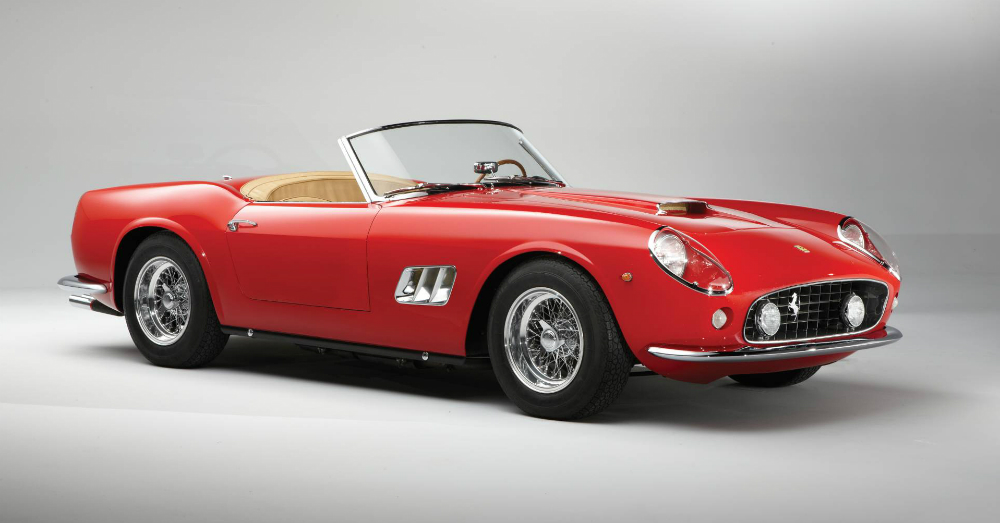
Corvette, In the Early Days
When Chevrolet came out with the Corvette it received a lot of criticism as many critics wanted to put the car in the same category as anything else that had power and came from Detroit. The general consensus was the American automakers could make cars that were powerful, but nothing more which would not make for great touring cars at all, but only for cars fit to win drag races and be brutes of pure straight line speed and power. With the Corvette, many skeptics were afraid to allow the car to be categorized in the same class as a Ferrari or Aston Martin, but if we look back at the road test from Car and Driver in 1965 we can see how the Corvette showed itself as a more than capable competitor.
Going up against other GT cars of the time such as the Aston Martin DB-5 and the Ferrari 250/Gt the Corvette was satirically insulted by Car and Driver to make the point that it was certainly on par. To start with the 1965 version offered comfortable bucket seats and attractive instruments that were easy to read, but so did many other cars of the time.
Then next thought was that the size of the Corvette was simply too large, it was after all an American product so it must be enormous. In reality the Corvette of the time was only one inch longer than the Ferrari and actually five inches shorter than the Aston Martin. This caused the wheelbase to come into question which resulted in a 98 inch distance which was exactly the same as the Aston Martin and only 3.5 inches longer than the Ferrari. I guess the proportions were well within reason of the highly touted European cars so there must be something else to keep this out of this GT class.
Was it too heavy? The Aston Martin came in with a weight of 3,450 pounds and the Ferrari boasted a 2,540 pound weight while the Corvette slid nicely between them at 3,180 pounds. Even though this wasn’t enough to keep critics from crying out the next look had to be at the actual driving equipment such as the suspension and gearing which are the true tests of performance right? The Corvette has a fully independent suspension in the front and back while the two European models use a live rear axle in the back.
The gearing of the Corvette went through a four-speed gearbox that was built in Muncie, Indiana, which was one of the smoothest, lightest and most effective gearing in the industry for the time. The Ferrari offered only a four-speed as well and the Aston Martin made use of a ZF five-speed but neither of the European models had gearing that was even close to as dynamic and perfect as the Corvette. Advantage Corvette for the driving prowess and precision in engineering this is starting to look like Car and Driver had a very one-sided feeling of the Corvette, or it just might have been that awesome.
The power from under the hood was a different type of discussion for the time. The classic V12 used by Ferrari was certainly showing its age and the Aston was fitted with a DOHC straight six-cylinder engine to be two of the most lauded at the time, at least until matched with the Corvette. The Corvettes offered a 365 horsepower and 375 horsepower engine in massive power plants that were made for racing and not for cruising, yeah right. The ‘Vette clearly offered the most power and gave you the excitement on the open road you desired. To give you the whole picture, the Corvette could make 350 horsepower at 5800 rpm which was 100 more than the 250/GT and 68 more than the DB-5, take that Europeans.
Even in the braking realm the four wheel disc brakes on the Corvette were easily able to best the other two for sheer stopping power. As the article concludes in the 1965 edition of the Car and Driver it’s easy to see the small arguments aren’t going to be heard and the proof is easy to see on paper and on the road that the Corvette belonged with these two highly acclaimed European models, marking the beginning of the look at the Corvette that was much different, at least for those across the pond.
This post may contain affiliate links. Meaning a commission is given should you decide to make a purchase through these links, at no cost to you. All products shown are researched and tested to give an accurate review for you.


